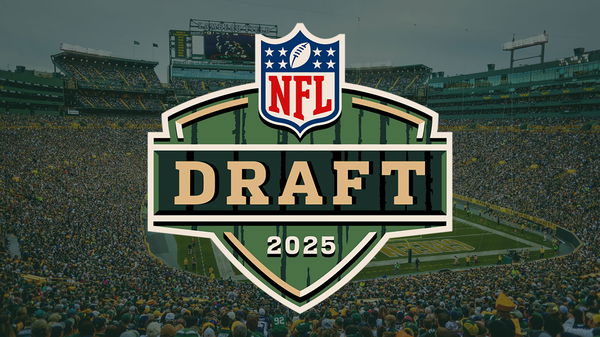

“Tapes tell part of the story. Conversations tell the rest.” The NFL Draft isn’t just a showcase of future stars—it’s a masterclass in leadership strategy. GMs don’t just watch highlight reels and crunch numbers. They dig deeper. They talk to coaches, teammates, even trainers. As shown in the film Draft Day, success isn’t just about stats—it’s about heart, loyalty, and team fit. Honestly, nonprofit leaders can learn from this. Don’t stop at resumes or rehearsed interviews.
Just like a top draft pick, a great hire should hit the ground running. Denver Broncos former GM John Elway once said, “That’s always the goal, to find these guys and get them on the field as fast as we can.” In the nonprofit world, speed and fit matter just as much. Author Ben Horowitz backs this with his 30-day rule: set clear goals, offer connection points, and if it’s not clicking fast, move on. Screen for culture. Sync with your organization’s rhythm. Whether it’s football or philanthropy, the right player in the right system changes everything.
ADVERTISEMENT
Article continues below this ad
How are NFL draft picks decided?
In the NFL, watching game tapes is just the start of evaluating a player. Instead of just looking at the Heisman trophy and highlight reels, imagine a GM digging deeper into a QB prospect. He connects with scouts and the coach to understand the player beyond the stats. Because getting the real story, through references and detailed accounts, beats just hearing what a prospect thinks you want to hear.
But, in the end, who decides on which player gets drafted? It varies depending on the team. For some, the GM holds all the power, while for others, it’s the coaching staff or even the owner. It’s a mixed bag across the league—on most teams, the GM takes the reins, but for four or five franchises, the head coach is the final decision-maker.

ADVERTISEMENT
Article continues below this ad
Then there’s New England. For years, Bill Belichick ran the show for the Patriots as coach but doubled as the GM during draft day, making all the calls. Now that Mike Vrabel is the new head coach in his first year—and he’s no Belichick—we might see GM Eliot Wolf making the key draft decisions. He actually nailed it by picking Drake Maye last year in his first GM role, possibly even with some input from owner Robert Kraft. On the flip side, in Dallas, it’s all about the owner. Yeah, Mr. Jerry Jones! And in Cleveland? Well, let’s just say it might feel like random opinions take the lead. Honestly, every team has its own power structure when it comes to making the big decisions.
What’s your perspective on:
Should NFL teams prioritize heart and loyalty over stats when drafting new players?
Have an interesting take?
Over in Jacksonville, it’s usually the GM calling the shots. And this year might be slightly different with James Gladstone starting his first season. But he sounds super into building the roster and even said not to expect their final draft board until right before they pick. “We’ve gone through a ton of exercises over the last five weeks to where we sleep with decisions.” Looks like the 34-year-old might bring in some fresh vibes to the NFL draft room. So, with all these different power setups across the league, every team’s got its own way of making choices.
ADVERTISEMENT
Article continues below this ad
More about NFL HC and GM’s responsibilities
In the NFL, the GM and HC each hold crucial yet different roles in a team’s journey to success. The GM is the architect, building the roster through drafts, trades, and free-agent signings. They balance the salary cap, negotiate contracts, and plan for the future. Beyond the roster, the GM also helps hire coaching staff and lays out long-term strategies. Simply put, they lay the groundwork for victory, setting the stage for the team’s potential.
On the flip side, the head coach is the team’s game-day commander. They create strategies, make split-second decisions, and manage player growth and the coaching staff. Think of the HC as the CEO—leading the day-to-day operations, ensuring the team stays focused and aligned with its goals. While the GM builds the roster, the HC makes sure the talent shines on the field, turning potential into performance.
ADVERTISEMENT
ADVERTISEMENT
ADVERTISEMENT
ADVERTISEMENT


Should NFL teams prioritize heart and loyalty over stats when drafting new players?